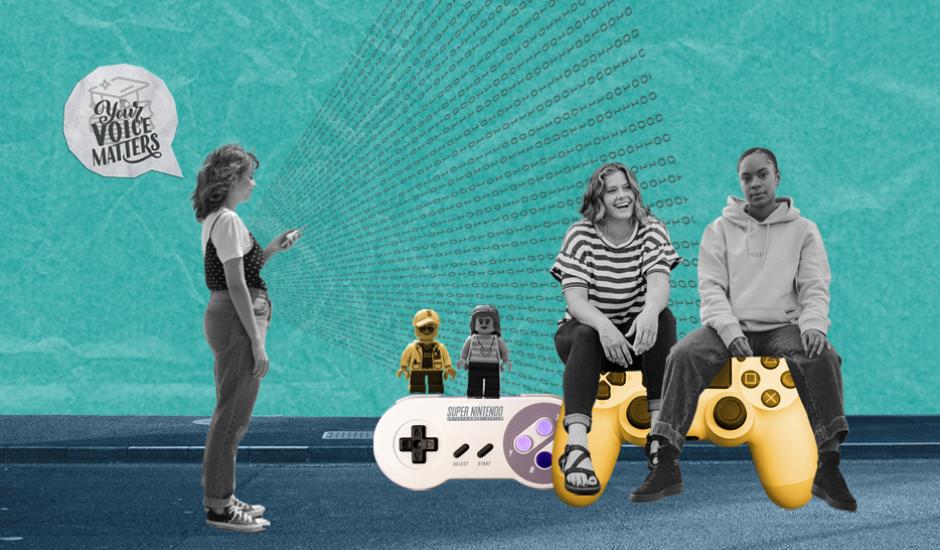Public participation in a digital world
Public participation is vital for a healthy democracy. The more diverse perspectives institutions and governments gather, the better their decisions will reflect the people they represent. But it can be difficult to get some people involved. How can we ensure tools designed for participation reach beyond the usual suspects? Can digital tools do more to attract and engage marginalised groups?
These are questions that many in civil society are concerned with, especially as we see more and more examples of how shifts in technology are shaping democracy and people's engagement. We have seen inspiring examples of local municipalities willing to experiment with new, digital ways to involve people into their policy-making, which could serve as a source of inspiration for national governments or the European Union (EU). These tools, such as gaming and digital platforms, have the potential to better capture the opinions of typically underrepresented groups like women, youth, and marginalised communities so that their ideas and needs can be integrated in decisions and policies.
Exploring new ways to engage and promoting innovation
With the support of the EU Citizens, Equality, Rights and Values Programme (CERV) programme, we launched the ParticipatiON project in January 2023 to explore these new ways of engaging in decision-making. We have built cooperation with developers, academia, European networks, civil society organisations (CSOs), and EU institutions so that they can learn from each other's perspectives regarding existing avenues for participating in decision-making on EU level as well as possible new, innovative tools to enhance public participation. Together, we mapped gaps in existing EU mechanisms, gathered examples of technology use in the public sector and promoted innovation in public participation through our capacity-building sessions. We also hosted webinars for CSOs to ask questions from peers, developers, and EU decision-makers regarding EU mechanisms and digital tools. Altogether more than 50 organisations from 30 different countries participated in the online convenings we organised in 2023.
We also launched a new site on the ECNL Learning Center that helps CSOs think through the participation mechanisms currently available in the EU, and how they can most effectively use them for their advocacy actions.
A couple of inspirational examples we have seen during our research that could be explored by decision-makers on local and national level:
- In Peja municipality in Kosovo, a land management project used Maptionnaire to boost public engagement in local spatial planning processes. The online map-based surveys attracted a high number of participants and ensured a much better gender balance compared with conventional public engagement processes – 45% of the Maptionnaire survey respondents were women, a significant improvement compared to the 5% share of women taking part in the face-to-face meetings.
- To promote local climate resilience, the municipality of Zwolle (The Netherlands) launched a serious gaming project called Garden Battle. With the use of an app, young and old could create their perfect garden, and compete for the title of the most climate-proof garden in town.
What's next
As more and more examples are emerging of artificial intelligence (AI) tools being developed and used in the public sector, the process of building knowledge together should not stop here. For example, governments across Europe have started using AI-assisted chat services, virtual assistants, and voice bots to answer frequently asked questions, help people navigate government structures better, or enable faster information flow. Digital platforms are now experimenting with AI to moderate content and analyse people's input to better understand community feedback. New technologies have improved content accessibility through translation engines. Predictive analytics tools, if used cautiously, have the potential to identify trends and patterns in data, helping officials make better and more representative decisions in their policies and programs. How do these affect our right to participations and other fundamental freedoms?
Moving forward, we will further our research in 2024, engage more stakeholders, and delve deeper into the use of AI in participation, to understand the implications and set safeguards for fundamental rights-compliant use of these tools.
Dig deeper, read our research "New dimensions for public participation".
